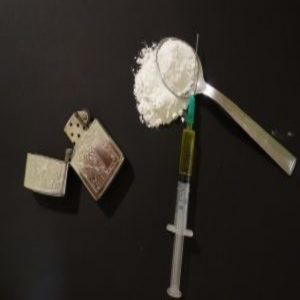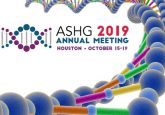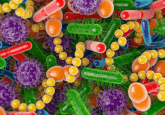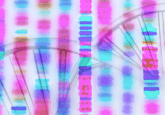Regulating relapse

Why are drug addictions so hard to kick? A new study explores the role of a key epigenetic enzyme in drug relapse.

There is a common saying in drug recovery groups: Once an addict, always an addict. The transition from casual drug use to addiction is enduring and is bolstered by repeated exposure to environmental cues that trigger relapse, even in individuals that have been sober for years. “What we’ve really struggled to understand is how the transition from casual use to addiction seems so permanent,” said Christopher Cowan, professor at the Medical University of South Carolina. Now in Neuron, Cowan and his colleagues report that a major epigenetic enzyme regulates drug seeking behaviors [1].
Previously, Cowan’s group found that following cocaine administration, the histone deacetylase enzyme HDAC5 shuttles from the cytoplasm into the nucleus within the nucleus accumbens (NAc), a brain region involved in drug reward-related behaviors [2]. When they enriched nuclear HDAC5 using a viral mediated strategy, they blocked the development of cocaine reward-context associations.
Individuals seek treatment after they’ve developed an addiction, not before. So for their new study, the researchers modeled addiction in rats using a cocaine self-administration task where the rodents press a lever to receive cocaine infusions at their own volition.
First, the researchers upregulated nuclear HDAC5 in the NAc and trained rats to self-administer cocaine in the presence of contextual cues. Following withdrawal and extinction periods, they re-exposed the rats to the cocaine-associated cues and found that rats with enriched nuclear HDAC5 showed less drug-seeking behavior compared to controls.
But what is HDAC5 doing once it relocates to the nucleus? To identify potential HDAC5 target genes, the researchers combined chromatin immunoprecipitation with next-generation sequencing (ChIP-seq) to scan through HDAC5 genomic binding sites in genomic DNA. The top hit in the assay was Npas4, a gene that is turned on by neural activity and is involved in negative feedback processes.
Additional experiments showed that nuclear HDAC5 expression negatively regulates Npas4 gene expression and that Npas4 is required for the formation of cocaine reward-context associations but not relapse-like behaviors.
“HDAC5 has got to be doing something else in addition to regulating Npas4,” said Cowan. He now plans to further explore HDAC5’s role in the nucleus and to determine if these findings are generalizable to other drugs of abuse.





